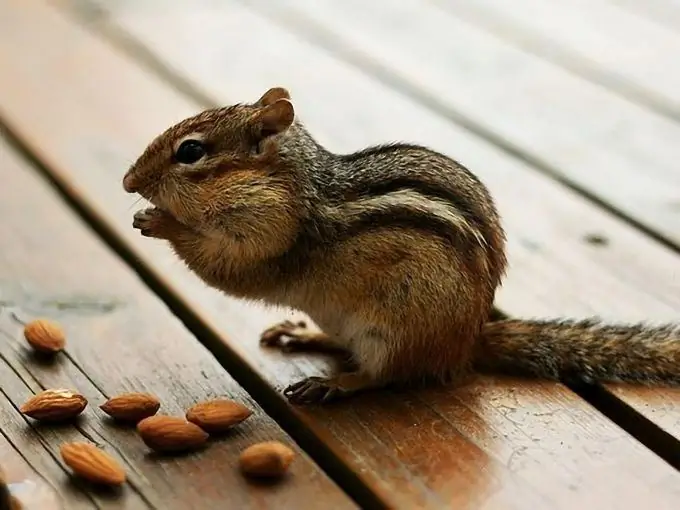Animals of the Khakassia reserve - any of those located on its territory - live in natural conditions. These conditions developed over a long period of time. Three or four hundred years in historical terms is a very short period. Of course, the ecological system was in constant dynamics. More precisely, it changed depending on external conditions. It should be noted that modern forecasting methods make it possible to understand and explain a lot.

Of course, the animals of the reserve are in a more favorable environment. So to preserve the livestock of ungulates, a targeted shooting of wolves is carried out. These "gray predators", as they are called in everyday life and in children's fairy tales, are a natural component of the environment. In nature, the wolf performs certain functions that are well known to everyone. At the same time, under certain conditions, they are capable of upsetting the existing balance. Frosty and snowy winters make it difficult for goats, roe deer, elk and other ungulates to access food. As a result, they weaken and become easy prey for wolves.
Man interferes with the natural course of life and the animals of the reserve receive support. This support is manifested not only in the shooting of predators. In addition, the huntsmen arrange special feeders for moose and other hoofed-horned animals. And so from year to year, from generation to generation, life flows in reserves and reserves. A certain category of animals - squirrels, chipmunks, bears - feeds on pine nuts. A bear, in general, eats everything - both plant foods and animals. But, for example, squirrels have a hard time in those seasons when there is no harvest of pine nuts. And then, in search of food, they can leave the reserve.
The animals of the reserve, even the most inconspicuous ones, are of a certain value for nature as a whole. Imagine if the chipmunk disappears from the list of animals. The animal is not at all big, which lives next to a person. More precisely, one who can let a person come to him at a very close distance. Old taiga people say that he can be kept in a cage at home and he will regularly shell pine nuts for the owner. Such a case was told to me by a veteran of the construction of the Abakan-Taishet highway. It was a long time ago. Now the children do not know the inhabitants of the taiga by name. Sometimes they confuse a chipmunk with a badger. Well, not about that.






